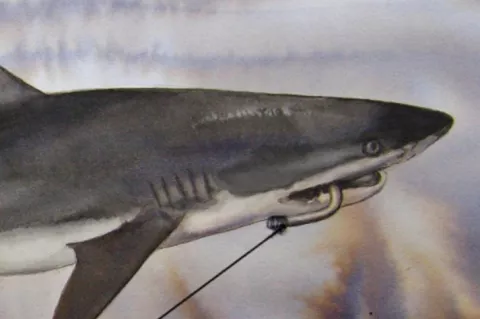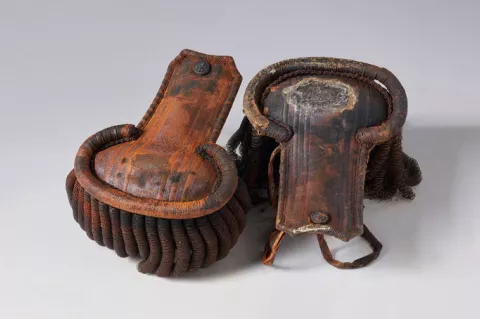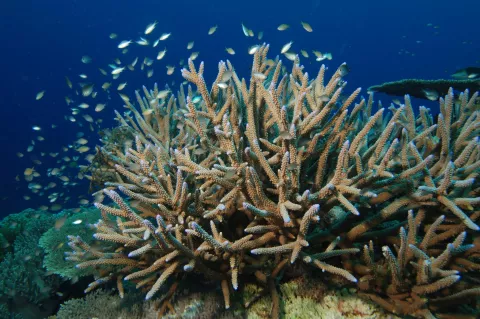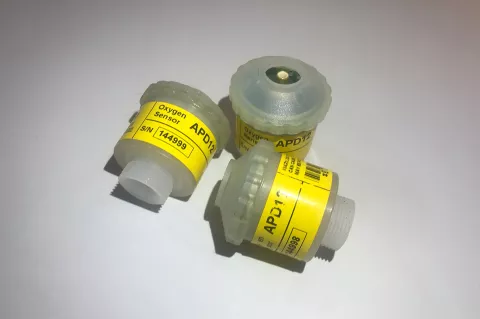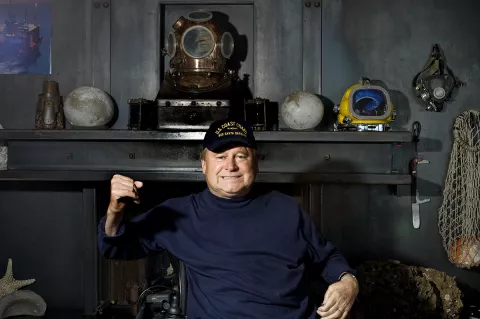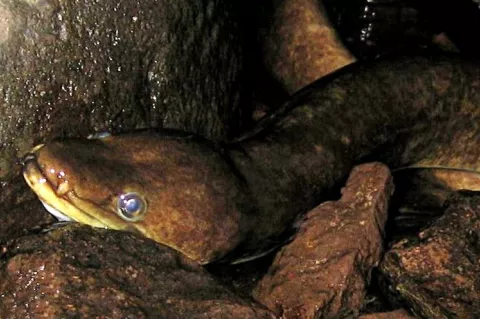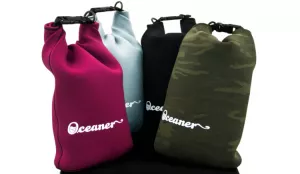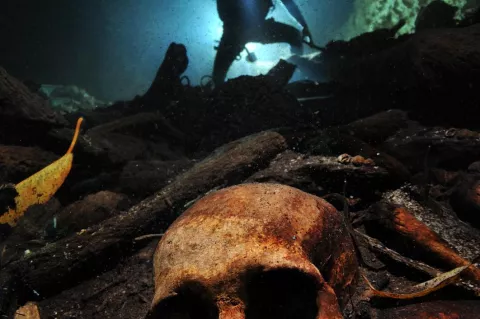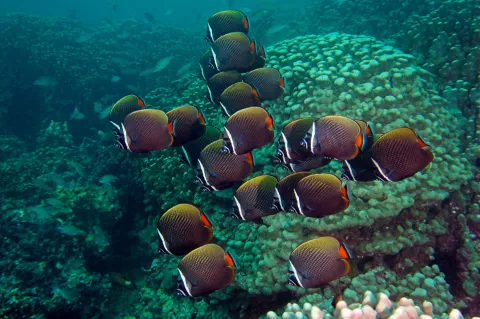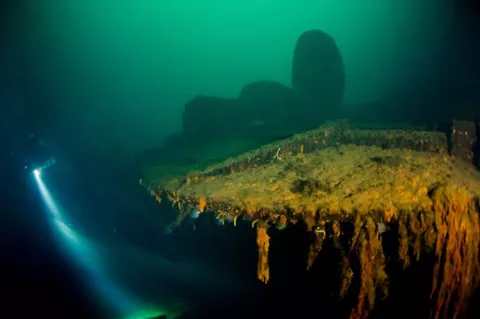Last Year’s Deadly Fire Accident Aboard The Conception Dive Boat Has Consequences For All
In September 2019, off the coast of California, a fire aboard the MV Conception, a 23-meter (75-foot) scuba diving liveaboard, broke out during the night, killing 33 passengers and one crew member. The captain and four crew members barely escaped. After more than a year of speculations and rumors, the NTSB (the U.S. National Transportation Safety Board) published the results of its investigation and the U.S. Coast Guard issued a new policy on a few topics, including the charging of lithium-ion batteries aboard small vessels and liveaboards.



